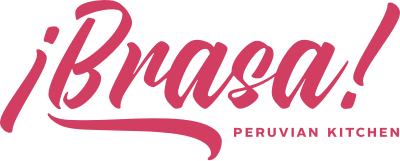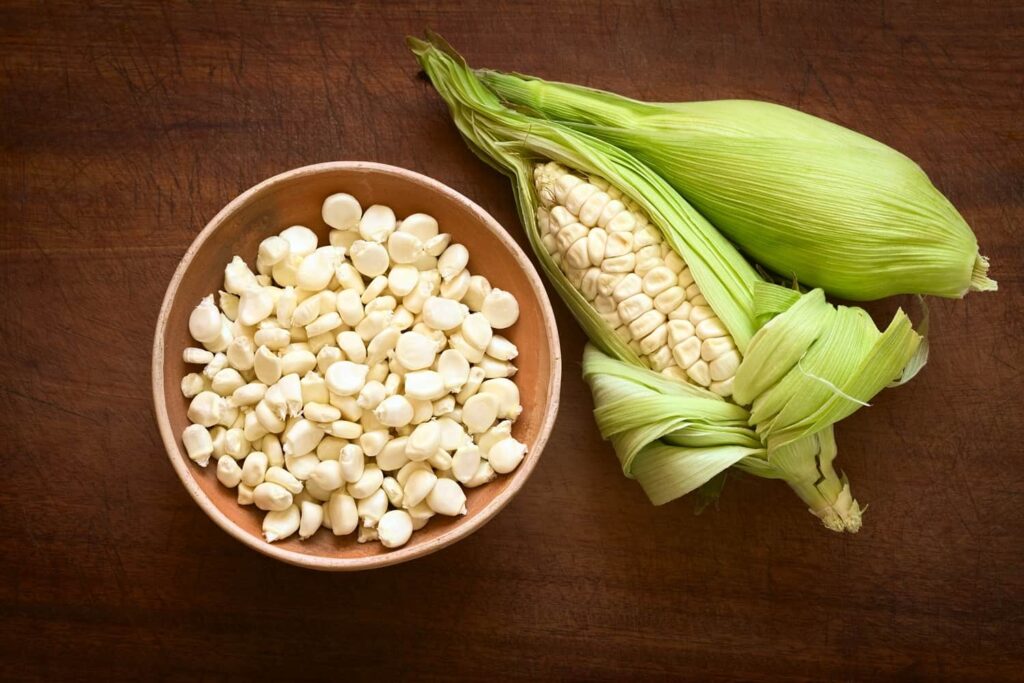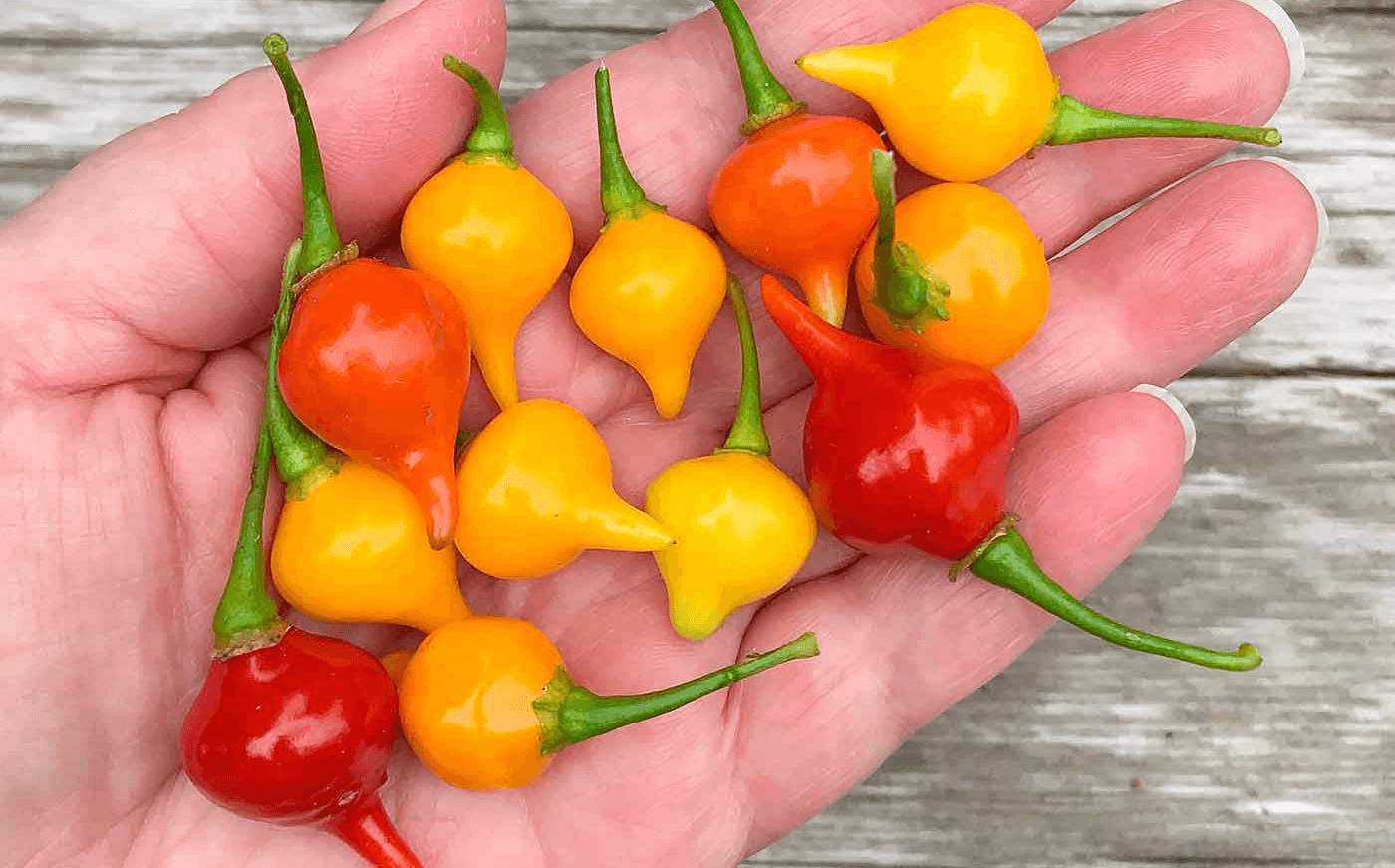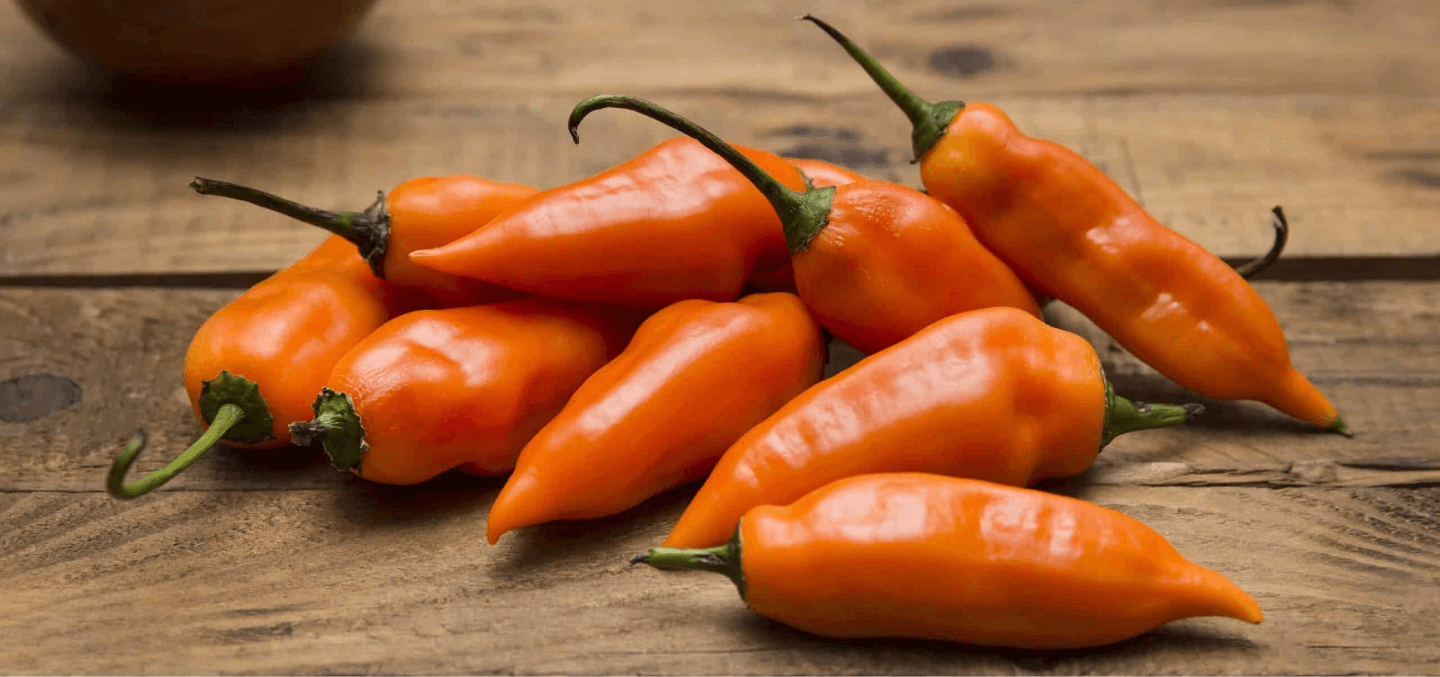I cross the crowded square, pass the historic cathedral and crowds of people taking pictures, and upstairs into Ceviche Seafood Kitchen in Cusco, Peru. It is a cool, crisp afternoon in the Andean mountains.
The restaurant is vibrant and modern, the hostess seats me at a bar area overseeing the compact, but very efficient kitchen. I watch as fresh local produce is processed and large filets of never-frozen fish are being skillfully sliced.
A man sitting next to me leans over, “You are American?” We chat back and forth in English, he is native Peruvian but speaks my language clearly. “You must try the chicha, it’s made from purple corn, it’s a classic indigenous drink and it’s delicious. And of course, you must have ceviche.”
I place my order and wait eagerly.
Ceviche is a quintessential Peruvian dish, its history dates back a possible 2,000 years. It consists of raw fish, lime juice, and a varying handful of vegetables, herbs, and spices. It’s believed that fish was marinated in fermented banana or mango nectar or a form of chicha prior to the introduction of the lime to Peru by the Spanish.

A beautifully decorated, deep-purple tinted beverage is placed in front of me; “chicha” is fermented corn juice. Both fermented chicha and the acidic juice of the lime serve to “cook” or cure the fish without an actual heat source. The Spanish lime quickly became a paramount ingredient in Peruvian ceviche and the dish began to evolve.
The most important ingredient beyond fresh lime is, of course, the fish. The quality and freshness of the fish is very important to the dish, lending it majority of the dish’s density and all of its protein. Sea bass, halibut, and grouper are all popular species in coastal ceviche varieties. In the mountains of Cusco often a freshwater species is opted for due to proximity to fresh ingredients. Other coastal variations may include shrimp, squid, octopus, or even conch in ceviche mixto.

Include an admixture of local spices and vegetables, namely aji chili peppers, chopped onion, salt, and coriander, and you have one of the most delicious and beautiful meals on the planet. Regional variations may include seaweed, cilantro, garlic, corn, sweet potato, and various other peppers.
Not only is ceviche a daily dietary staple in Peru, but it commands its own national holiday. On June 28 each year, the whole of Peru celebrates this traditional cuisine and its lasting legacy.
Fresh local brook trout is the star ingredient of the gorgeous plate placed in front of me at the bar. Colorful, lively; something inside me intuiting that this is one of the better meals I may ever have. I snap a photo to preserve the aesthetically stunning dish for posterity, it is truly too pretty to eat. I somehow find the strength.
The velvety savoury flavours of the local fish melds perfectly with the balanced acidic bite of the fresh lime. A slight kick from the aji pepper compliments but does not overpower the other flavors.

I watched a young woman prepare the meal only a few feet from me, she combined ingredients, tasted the dish, altered it, tasted again, another alteration, and so on until she was satisfied with the balance. This meal had literally been customized to the taste, and her skillful palate was expressed in the delicate, but piquant blend of flavors. The care in her preparation shines through and offers a glimpse into the reverence held for this time-tested indigenous fare.
I take my time and enjoy the moment, this is a true taste of Peru, a simple classic. I have had many variations on ceviche before and since in several countries, none have rivaled the plate from Cusco. Not only are the ingredients sourced near where I am sitting, but the Peruvian hospitality cultivated around a dish of ceviche enhances the experience. I have told many of my friends and family about this meal in la Plaza de Armas and plan to revisit the very same restaurant in the future.

If you’re ever in Peru, be it the cool Andean pueblo of Cusco or the bustling city streets of Lima, be sure to stop in a little cevicheria. Ask a local which one you should go to, they’ll tell you with a smile, if you can understand Spanish. If not they will point, it won’t be far. Sit down and order whatever the mesero recommends. A good plate of ceviche tells its own story, passed down generation to generation. Luckily this story has been written in a universal language and you won't need to speak Spanish to understand the tale. The love of delicious food is a dialect we can all appreciate and one that is spoken fluently in Peru.





